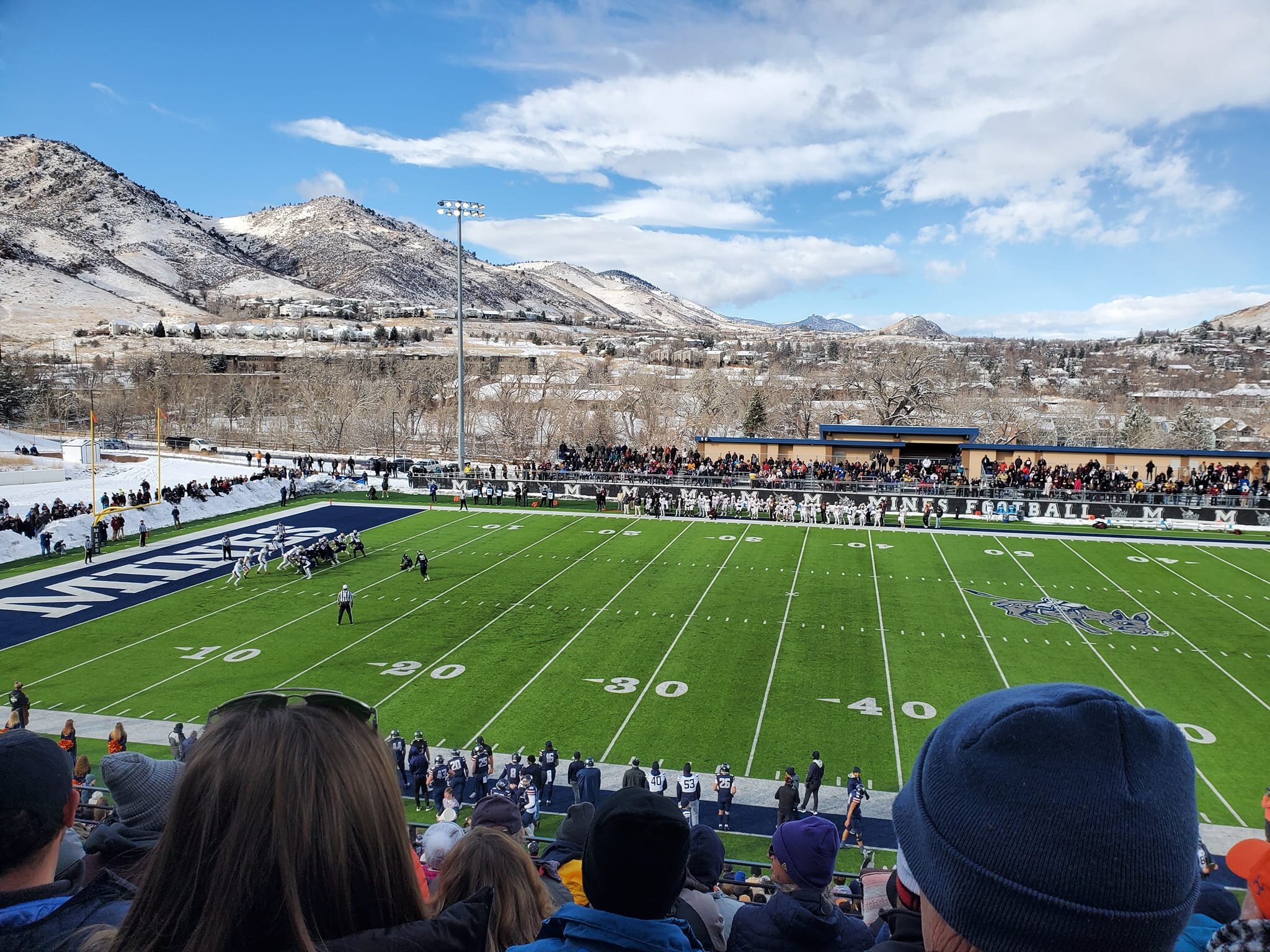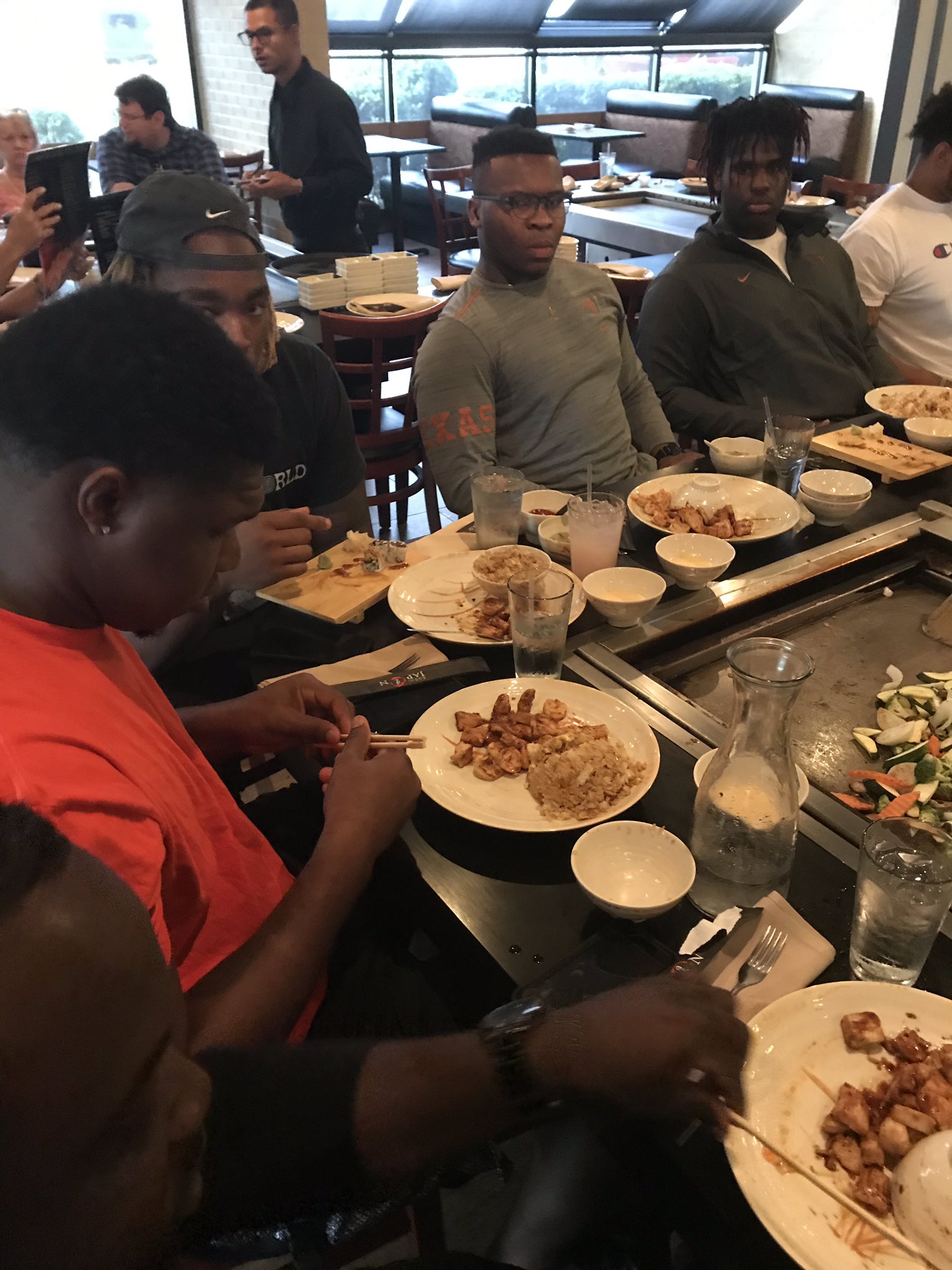-
Posts
34975 -
Joined
-
Last visited
-
Days Won
42
Content Type
Profiles
Forums
Store
Downloads
Recruiting - 2020
2019-2020 Football Season
Football
Entertainment
Sports
News and Business
Cloak Room
Transfer Portal
Recruiting
Events
Posts posted by Beau Vine
-
-
Big winning streak underway. I feel it.

-
 1
1
-
-
1 hour ago, Deej said:
Gas, you scary.
Something something shart joke.
/I got nothing.
-
1 minute ago, Mdhorn said:
I wouldn't say he's a prima donna but just maybe, Karen delivered.
That's just gross, dude.
-
2 hours ago, UpperWestside said:
For the 16th time out of 26 it was within 2 runs either way.
10 of 26 HRs when the lead/deficit is 3 or more? That seems like a lot to me, especially because almost all 1st/2nd inning homers will be with the score close.
-
10 hours ago, C-Man said:
Tonight should be pretty good as I assume we'll finally see Luke nuke hisself after slut-shaming Hannah B.
They really should have had a live remote camera back at the mansion where all of the eliminated guys were watching that, just to see the reactions.
-
I was having trouble deciding what was more painful, watching Peter try to tell her he loves her, or watching Jed decide that fantasy sweet dates was the perfect time to discuss Luke and throw up an epic self-cockblock. And then somehow he talked himself out of it, and Luke went full Luke. He has to be an actor, because there's no way he didn't sit there across from her and not realize by the look on her face that she was fucking furious.
Among the 3 finalists,
Tyler kind of creeps me out for some reason.
Peter seems like the best guy, the guy I'd hope my daughter would pick. Hannah will pick someone else, though.
Jed has been made to look so uncomfortable these past two shows...
SpoilerDid they know he had a girlfriend before he came on the show and kept it under wraps just for the story?
Got dam, Hannah is dumb. Her toasts are completely cringe-inducing.
-
3 hours ago, TommyGufano said:
Call Susanna Hoffs "semi-hot" again and I'll cut you
She's 60 and still hot.
-
 3
3
-
-
10 minutes ago, jdhorn92 said:
Errbody now, "just another manic monday" in my best semi-hot one hit wonder female 80's band voice.
That's not a one-hit wonder. Here was their biggest hit:

-
 6
6
-
-
Just now, Fud said:
"Vernon informed me that his video is not yet finished. I would not expect it to be released today, barring some sort of excellent, speedy production work. Timeline shifted to Tuesday or later in the week."

-
 1
1
-
-
6 minutes ago, Cairn Horn88 said:
I just dropped in to see what condition our condition was in....
I pushed my soul in a deep dark hole and then I followed it in
I watched myself crawling out as I was a-crawling in
I got up so tight I couldn't unwind
I saw so much I broke my mind-
 2
2
-
-
33 minutes ago, GotThatFire said:
For me, had he left before all the Dallas to Austin stuff he started putting out there, I'd have thought nothing of it.
You should probably stick with that plan from here on out.
-
$5 says tx 3 putt is wearing one of these today:
Very disappointing Instagram account, BTW.
-
 1
1
-
-
1 minute ago, RomaVicta said:
Who is that?
<katfid>
Ken Griffey, Jr.
</katfid>
-
 1
1
-
-
2 minutes ago, golfclap said:
If we are gonna go poaching then I'd like for them to kick the tires on Jayveon Sunday first.
UDub just got a commit from Sam Adams II, so this kid may be looking around again.
-
2 minutes ago, Ricky's one-hitter said:
He'll need a computer to post the video
You're right. Vernon is probably carrying around one of these:

-
 1
1
-
-
30 minutes ago, NoName said:
don't be shitty, outing who people on the internet is shitty 100% of the time. no matter how hard or easy it was to find who he is.
Username checks out.
-
 2
2
-
-
22 minutes ago, Elmer_Fudd said:
Seen on spurstalk from TFLoss that OB is saying around 3 since VB has summer classes.
Oh, sure, because no student has ever tweeted while class is going on.
-
21 minutes ago, BornOrange said:
Animal, vegetable, or mineral?
Muledick?
-
30 minutes ago, ajfranz95 said:
Lol, yea nothing really to hide. If you feel like stalking a UT student's social media then feel free.
That's what we do here. Do you know spystud?
-
 1
1
-
-
59 minutes ago, Rynohorn said:
Gainesville is awesome. Great island vibe, beautiful place and people. It happens.

-
 1
1
-
-
2 hours ago, futureman said:
what about bill jackson III?
No, not that mother-scratcher. Bill Parker!
-
 1
1
-
-
-
Have I ever mentioned that guys, especially catchers, don't fucking know how to tag? Verdugo was nearly safe because the tag was way up on the leg. Just put the glove in front of the plate and let the guy slide into it and tag himself out. Shit, this is becoming a pet peeve of mine.
-
I feel like A-Rod, when he first started announcing, was really good because he prepared really thoroughly and kept himself low-key because he knew everyone hated him. And now that people like him, he's relaxing and being himself more, which is bad, because he's actually really annoying.
-
 2
2
-
 1
1
-








Official 2018 bitch about family/holiday drama thread
in Lulz
Posted
We haven't had a group family vacation since The Incident. We were in Colorado with wife's parents and brother's family. As I've mentioned before, they're all overly polite, except MIL is very passive aggressive and everyone accommodates that. They also have a downright pathological need to eat meals together. ALWAYS. When we're trying to plan activities, no one actually ever expresses a preference, they just say, "We could do this..." and so we waste massive amounts of time talking about what we could do instead of doing things. And when it's time to pick a restaurant, everyone will say, "Oh, any place is fine," even though it's not, because MIL can't eat spicy foods and basically won't eat any meat except chicken. So it's about the third day of the vacation, and I'm already frazzled by two days of this, and I'm starving, so it's time to eat. And the any-place-is-fines start up, and I suggest a place and get "No, Mama is not going to like that place." I suggest another and get, "No, they won't have anything Mama will like." And I lose it. "What happened to ANY PLACE IS FINE?!!??" Told them I was going to find food and they could eat where they wanted to eat. Wife tried to stop me and I told her to piss off, that I was DONE. 10 minutes later, she found me in the bar with a plate of nachos and my third cocktail. She didn't talk to me for the rest of the trip, so win-win.